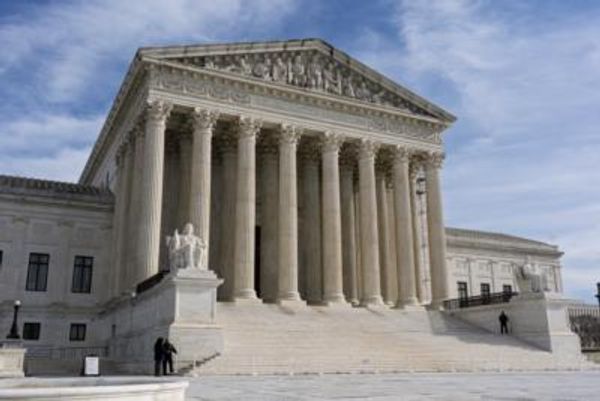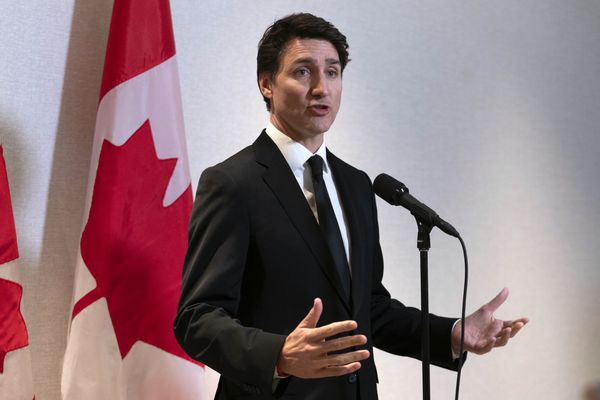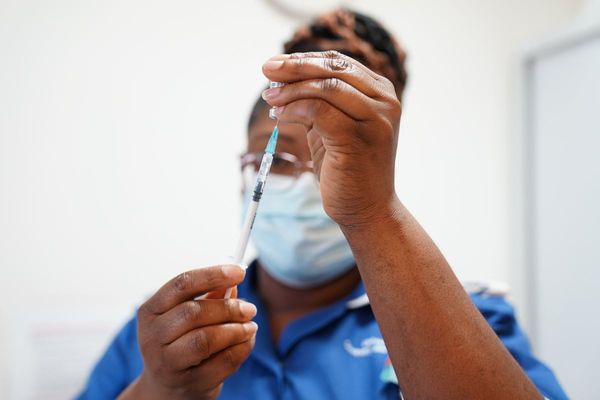
On June 24, 2022, the Grand Prix Commission (GPC) met in Assen to make a few decisions pertaining to the test restrictions in Moto2 and Moto3. The commission is comprised of Messrs. Carmelo Ezpeleta (Dorna, Chairman), Paul Duparc (FIM), Herve Poncharal (IRTA), and Biense Bierma (MSMA), in the presence of Carlos Ezpeleta (Dorna), Mike Trimby (IRTA, Secretary of the meeting) and Corrado Cecchinelli (Director of Technology).
From the MotoGP Press Release:
Sporting Regulations – Effective Season 2023
Moto3™/Moto2™ Test Restrictions.
Requests had been received from Moto3™ and Moto2™ class teams to reduce the number of days permitted for private testing, primarily due to the increase in the number of events on the calendar.
With effect from the 2023 season, testing will be restricted to:
1 x 3-day official test Prior to the start of the season. (No change)
4 additional days of private testing. (Currently 7 days).
There will be no restriction on testing with rookie riders between the last event of the season and 30 November.
The Commission agreed to provide an exception to Moto2™ class teams using machines provided by a chassis constructor that has not achieved six concession points in the two previous years. Such teams will be classified as “Concession Teams” using a similar procedure as in MotoGP™.
Concession Points are based on race results:
First Place = 3 Concession Points
Second Place = 2 Concession Points
Third Place = 1 Concession Points
Such Concession Teams are permitted:
1 x 3-day official test prior to the start of the season
7 additional days of private testing.
Age Limits Moto2™ Class
From 2023 the minimum age limit for all GP Classes (Moto3™, Moto2™ and MotoGP™) will be 18 years old.
An exception already applies to the winners of the Rookies and/or Junior GP who are allowed to enter Moto3™ when they are 16 (2023) or 17 (2024).
The exception will now also apply to the winner of the European Moto2 Championship, allowing them to enter the Moto2™ World Championship at 17 (2023).
Technical Regulations – Effective Immediately
Handlebar Grips – Moto3™ and Moto2™ Classes
It has recently been noticed that some Moto3™ teams have been fitting extended handlebar grips. The purpose is to allow their riders to slide their hand further towards the forks to try to improve the aerodynamic effect of the rider’s body along the straights.
This practice is considered extremely dangerous due to the fact the rider has less control of the motorcycle when in this position. Accordingly, with immediate effect, the maximum permitted overall length of the handlebar grip in Moto3 and Moto2 is 130mm.
The handlebar grip must be fitted at the end of the handlebar, with the only exceptions being the handlebar end plug and/or the fittings of the brake lever protection.
Technical Regulations – Effective 2023
Moto3™ Rolling Chassis Cost
The price of a complete rolling chassis (requiring only engine, ECU/ Datalogger, transponder and radio data transmitter/receiver to be functioning and compliant with the organiser’s prescriptions), will be capped at €87,000 (excluding VAT and freight charges). This is only a slight increase on the current price of €85,000.
Teams wishing to carry over their 2022 machines to 2023 may purchase a crash detection/alarm updating kit. (Unified IMU + unified power module + harness) at a price of €2,000. (excluding VAT).
Moto3™ and Moto2™ Ride Height Devices
Any device that modifies or adjusts the motorcycle’s static ride height whilst the motorcycle is moving are already forbidden. This ban now also applies to devices that only operate once at the race start (i.e. hole-shot devices).
The press release was sent out first, but stay tuned for the updated version of the FIM Grand Prix Regulations with the detailed text of the regulations on the MotoGP website.







